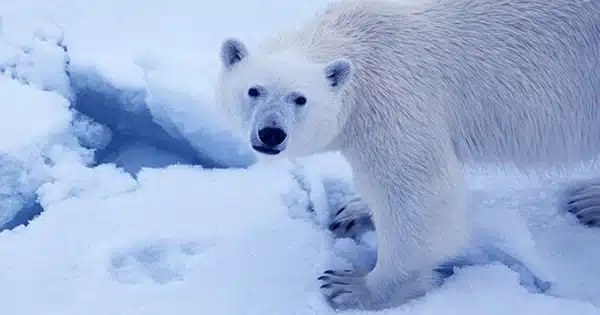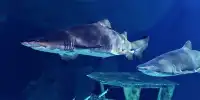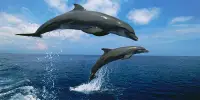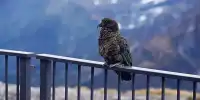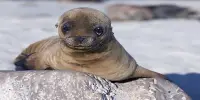Following the announcement of the Wildlife Photographer of the Year People’s Choice Award, an award-winning shot of a polar bear’s odd napping place has sparked worldwide interest. Nima Sarikhani’s Ice Bed depicts a polar bear carving out a sleeping area from a small iceberg near Norway’s Svalbard island, and it has sparked widespread interest.
It was declared the winner of the People’s Choice Award competition after earning a record-breaking 75,000 votes. It was caught during a three-day search for polar bears onboard an expedition vessel in heavy fog off Norway’s Svalbard island. Just before midnight, the crew and visitors noticed a young male carving out a bed on top of a little iceberg before curling up to sleep.
Polar bears rely on sea ice to hunt and relax, but as a result of climate change, there has been an increasing scarcity in recent years. The image of a newborn polar bear constructing a bed on such a small spit of ice has elicited strong emotions, highlighting the creatures’ suffering.
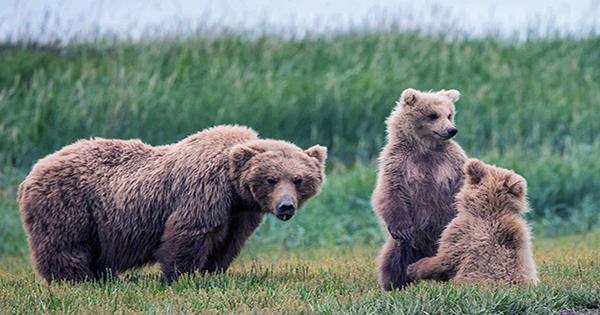
“The period with sea ice over shallower water in much of the area is now much shorter than it was a few decades ago,” Dr. Jon Aars of the Norwegian Polar Bear Institute told London’s Natural History Museum. “While the bears that follow sea ice may still be able to hunt year-round, this is increasingly over deeper waters which may be less productive.”
“Loss of sea ice has an impact on other parts of their livelihood. For example, bears frequently lose access to places in the east that have traditionally been crucial for den building. Instead, bears are increasingly frequently seen hundreds of kilometers closer to the north pole, where sea ice is more likely to exist.” Polar bear pups, like other mammals, rely on their mother’s milk, but long treks, limited hunting options, and denning challenges can make it difficult for them to bring infants to term and maintain them alive after birth. As a result, the snapshot serves as a sharp reminder of what we stand to lose if no action is taken, but Sarikhani hopes it will spark positive change.
“I am so honored to have won this year’s People’s Choice award for WPY, the most prestigious wildlife photography competition,” Sarikhani stated in a press release. “This photograph has stirred strong emotions in many of those who have seen it.”
“While climate change is the greatest challenge we face, I hope that this shot provides optimism. There is yet time to rectify the mess we’ve created.”
Wildlife Photographer of the Year is created and presented by the Natural History Museum in London.
